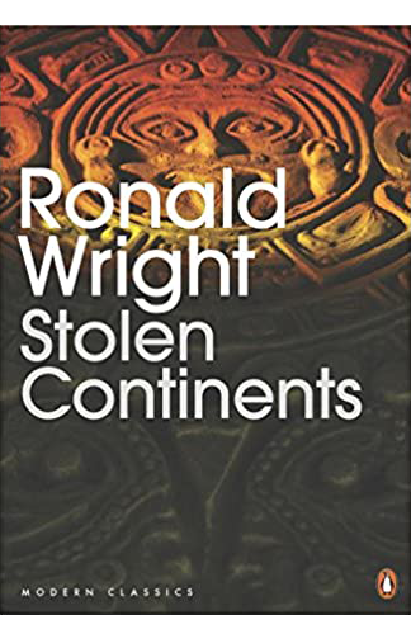

RW: I set out on my first trip to Peru as an archaeology graduate, to see for myself what survived of the great cities and buildings of the Incas and their forerunners. Views of the Sacred ValleyĪT: What were the greatest sources of inspiration during your travels?

Trying to understand what happened there opened my mind to many cultures, times and places. Peru was one of civilization’s six or seven great cradles in the ancient world. But I think all my work, whether about Peru or not, flows from a youthful fascination with the Incas, which began by chance reading in my teens. Some also focus on Peru, like my latest, The Gold Eaters, a novel set during the Spanish invasion of the Inca Empire five centuries ago. I’ve now written ten books in various forms - fiction, history, and works on ecology, anthropology and politics. The book’s success launched me as a writer, and it’s a great pleasure to see it re-issued in Eland’s new edition with a fresh introduction and update. RW: Cut Stones and Crossroads was my very first book, written after I spent some years in Peru and other parts of Latin America in the 1970s and 1980s. Here’s what we discovered …ĪT: Why did you write Cut Stones and Crossroads?

This month Aracari has been very fortunate to pose a few questions to the acclaimed travel writer, ahead of the re-release of Cut Stones and Crossroads.

The thrill is real, just as Ronald Wright has captured in all his writings on Peru. When visiting these ancient metropolises today, one only imagines how they must have operated in the era of the Incas. “ This notion of travel as moving through space, but also being in one place at a time, is vividly exemplified in the travel books of Ronald Wright,” says Alberto Manguel in the introduction to the new Eland edition of Ronald Wright’s classic book on Peru – ‘ Cut Stones & Crossroads – A Journey in the Two Worlds of Peru‘.įor those who have hiked the Inca Trail experienced Cusco, Machu Picchu, and Lake Titicaca, you will know precisely what Alberto Manguel is inferring.


 0 kommentar(er)
0 kommentar(er)
